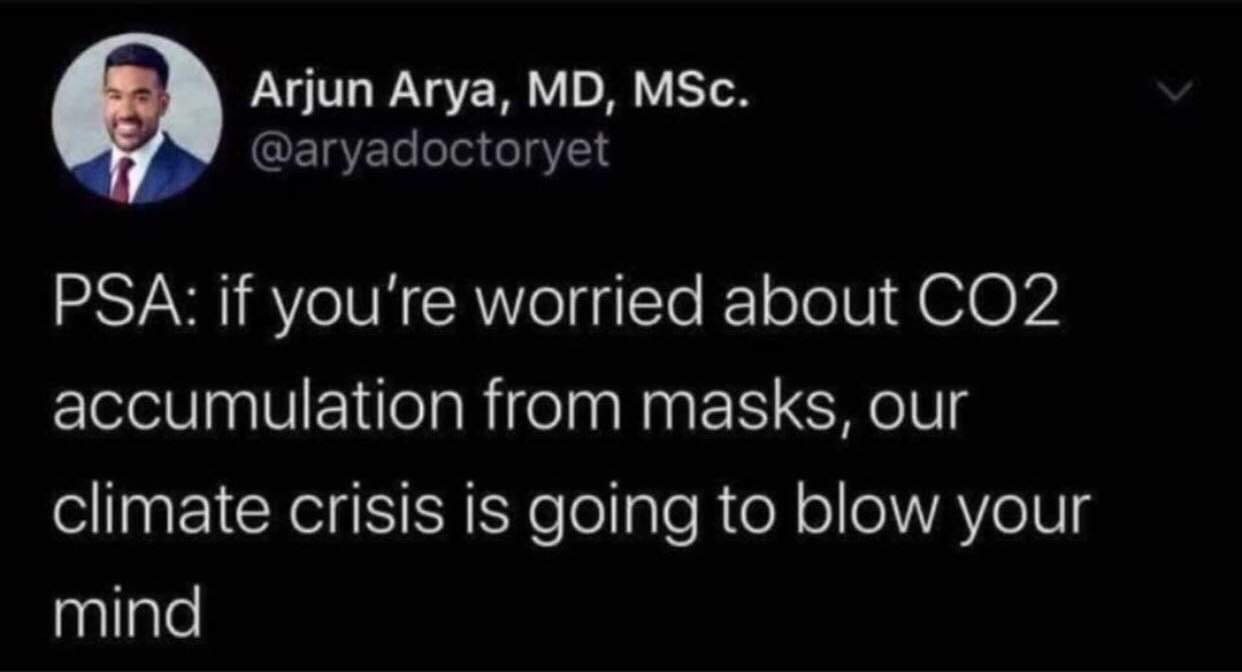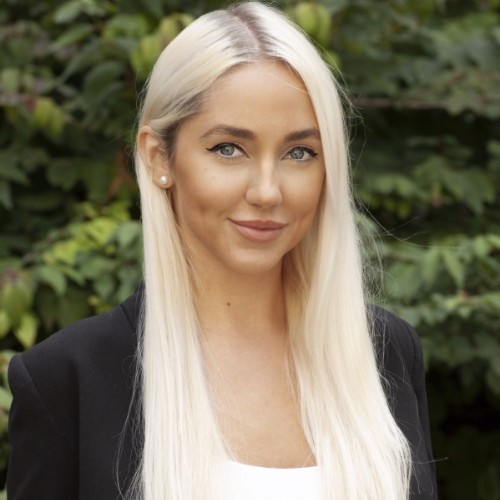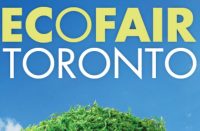This is the Week This Friday! 6 quick-and-smart briefs about happenings in the environmental space!
Study Finds Ocean Vessels a Threat to Small Marine Animals

This is the Week This Friday! 6 quick-and-smart briefs about happenings in the environmental space!
Study Finds Ocean Vessels a Threat to Small Marine Animals

Source: Frontiers in Marine Science citing Michelle Caputo
It’s widely known that oceangoing vessels propellers and bows are a danger to large marine mammals like whales and sharks. However, a new study by Nelson Mandela University, South Africa published in Frontiers in Marine Science find that oceangoing vessels are also inflicting life-threatening hits on a large number of smaller marine creatures.
The researchers, using necropsy data and other anecdotal data from around the world, found that ships and smaller vessels hit at least 75% of species including but not limited to dolphins, sharks, sea otters, seals, sea turtles and manta/string rays. Among these animals are vulnerable species and younger animals who are particularly at risk. Species that frequent fthe surface also face a higher level of risk. Stephanie Plon, senior author of the study, admitted that she was surprised by this discovery. She explained that strikes involving smaller species are more likely to be missed than for examples collisions with a large whale. The bodies of smaller creatures may also sink or be eaten than those or larger marine mammals.
To cement the findings, Plon cited a 2019 study in the Journal of Wildlife Management which found that from the mid-80’s to the mid-2010’s, the number of loggerhead turtles hit by craft off the coast of Florida rose in conjunction with the number of boats registered in the state. Additionally, she also cited a 2017 study in Biological Conservation which found that in the Arctic, Caspian seals were more likely to be hit at night when boats broke through the ice into their breeding grounds.
One easy way to reduce strikes is to slow down. Sounds simple, doesn’t it? There is a direct correlation between injuries and vessel speed explains Simone Panigada, a ship strike coordinator for the International Whaling Commission. He explains that ship operators have voluntarily reduced speed in New Zealand’s Hauraki Gulf, home to Byrde’s whales, which reduced ship strike rate by nearly 100 percent.
In the absence of clear official policies on speed limits, the increasing development of ports, shipping and offshore oil and gas developments will likely mean an increase in large boat traffic and resultantly boat-related marine animal injuries and deaths. To sum up, Plon explains that species-specific necropsy protocols to determine cause of death, database for smaller species to ensure proper recording of incidents and using technology to identify high-risk areas for smaller species would be valuable steps towards mitigating oceangoing vessel collisions with small marine animals.
Animals UN-Chief Declares Green Energy Future ‘Vital’

Source: BBC News
UN Secretary-General, Antonio Guterres, spoke out at the virtual International Energy Agency’s (IEA) Clean Energy Transitions Summit about the need to transition to a more sustainable future. He urged the ministers of the importance of moving towards a clean energy future for 3 main reasons, health, science and economics. Representatives from the US, China, the EU, Japan and the UK were present and hopefully listening to the urgency of Mr. Guterres’ statement. He told leaders to invest in renewable energy “which is reliable, clean and economically smart”.
The Health argument
The Secretary-General said that worldwide, outdoor pollution is causing nearly 9 million early deaths each year, shortening human lifespans by an average of 3 years. To help solidly his statement he says that “this is a bigger toll on life expectancy than tobacco smoking”.
The Scientific argument
He goes on to explain that there is new evidence of climate disruption every month whether it’s observable or not – rising sea levels, increase in natural disasters like fires and flash floods, more intense heat waves (like the one we are in right now). Mr. Guterres explains that limiting temperature increases by 1.5 degree Celsius is achievable. The plan is to get to net-zero emissions by 2050, 45 percent cuts by 2030 from 2010 levels.
The Economic argument
His economic argument centres around the affordability per kilowatt-hour of solar energy versus coal energy in most countries. He goes on to tell the meeting that new analysis of G20 recovery packages shows that twice as much recovery money has been spent on fossil fuels as clean energy. “Stop wasting money on fossil fuel subsidies and place a price on carbon” urged the Secretary-General. In addition, he notes that renewables offer three times more jobs than the fossil fuel industry.
He explains that we must consider climate risk in our decision making, now more than ever as countries make important decisions about their futures in COVID-19 recovery plans.
Catching Microplastics with… Acoustics?

Source: EurekAlert
Microplastics have been receiving a lot of attention not only because of the harmful environmental and health impacts they pose, but because of how difficult they are to remove from the environment. The leading removal methods i.e. sieves, and filters, which have limitations in mass settings and are difficult to clean. Another pressing issue is that it is impossible to collect anything smaller than 0.03mm – and a majority of microplastics are even smaller than that! However, researchers at Shinshu University in Japan devised a new method to gather microplastics in water using acoustics. Professor Hiroshi Moriwaki and Associate Professor Yoshitaki Akiyama were interested in applying engineering principles to microplastic removal.
The researches focused their efforts on the extreme amount of microplastic fibres in the ocean caused by laundry machines. Wastewater treatment plants have been struggling with this issue because these microplastics are almost impossible to catch and filter out. In hopes of a solution, the researches created a bulk acoustic wave (BAW) device that actually collects microplastics and microplastic fibres using piezo vibrations – vibrations made from electricity. The device channels microplastics into the middle while water flows out the two sides. Think of it as a highway where all the yellow cars are moving forward, and the blue cars are taking all the exists. When the acoustic force is turned on, the microplastic fibres are concentrated at the centre of the microchannel, flowing into the centre branch, while the water flows into the adjoining branches. See a video demonstration of the device here.
Taxonomy Troubles

SOURCE: yourarticlelibrary
This week, scientists are proposing the creation of the first universal species list. Wait, we didn’t have one already?
Apparently not. According to Patrick Greenfield from the Guardian, there has been a great deal of confusion over the years about how to classify the world’s library of life. With over 26 competing ideas of how to do this, biologists across the world could never reach an agreement over what constitutes a species.
While many scientists use the successful exchange of DNA (producing offspring) as a method to explain species categorization, that line becomes blurry when different species can interbreed, “causing disagreement between taxonomists – the scientists who discover, name and classify species.” To explain, Greenfield gave the example of the African Elephant, which can be classified as a savannah elephant or a forest elephant- depending on who you ask.
So why does this matter?
If conservation movements across the world have competing ideas of what species goes where, it adds unnecessary confusion to species protection programs. For example, a species that is red listed by the IUCN might not be recognized as endangered by CITES.
The new list “would be based on science, separate the governance of naming species from the governance of validating species and be fully traceable.”
Ultimately, evolution is always changing and adapting- which means species are also always changing and adapting. To boot, over the next few decades, we are expecting to see species migrate and redistribute themselves to keep up with the changing climate.
This problem is about to get a lot more complicated.
“Pregnancy-Styled” Water Potability Testing in a Thirsty World
A “pregnancy-styled”, one-time use, rapid- result water test called ROSALIND now exists. This opens the door for safer drinking water for those who are impacted by non-potable water the most. This test makes real-world applications possible for testing water contamination at a faster rate and is much less expensive than gold-standard water tests which can sometimes take a month and $150 to be processed (e.g. copper test). ROSALIND named after Rosalind Franklin (the chemist that discovered the DNA double Helix), stands for RNA Output Sensors Activated by Ligand Induction – short for life-saving technology. This equipment was created by Northwestern University’s Professor of chemical and biological engineering, Julius Lucks. Franklin’s work helped Lucks reprogram DNA to produce visual signals representing water contamination.

Globally many people do not have access to uncontaminated water supplies.
Source: W Science and Technology
Personal care compounds (sunscreen, lotions) and contaminants that are difficult for consumers to test with conventional methods are now made possible through the use of this handheld device. The device uses a sample of water and synthetic biology to detect heavy metal contaminants such as lead, copper, a wide array of antibiotics or pharmaceuticals and agricultural herbicides which usually end up being washed into waterways. Similarly, these heavy metals are found naturally in the environment and can leech into household pipes. Unfortunately, consuming copper contaminated water for years can result in liver damage or even death. The one-time-use strip of tubes test for 17 different contaminants and when put into the illuminator device, if a tube glows green it means that a contaminant exceeding the Environmental Protection Agency’s standard is present in the water.
Globally, water challenges arise and affect the way people choose to obtain their water- be it via the most convenient method or local sources versus long-distance walking to water sources. In most cases, people choose the more convenient method despite the water quality being poor. Unfortunately, the potability is not always easily discernable from the taste or appearance.
The ROSALIND aims to help people make more informed decisions by simply using a drop of water which can help persuade people to find cleaner sources of water- thereby saving lives.
A video of how this technology can be used can be found here.
Watermelon Coloured Snow- Pretty Problematic

Source: Euronews
Pink snow, also called watermelon snow may be very pretty to look at (and no, it doesn’t taste like watermelons – I looked it up) however it poses a much more serious threat than one might think. The pink snow is caused by a type of algae which until now was only found in Greenland. Unfortunately, the pretty pink snow is now being observed in northern Italy growing on the alps.
So, how does pink snow pose a threat you might be asking – snow every colour of the rainbow would be lovely to look at! We already have green snow growing in Antarctica and the occasional mysterious yellow snow on our sidewalks, why not add a few more colours?
Well – I’ll tell you. Regular white snow is very reflective and can reflect the sun’s rays and heat much more effectively than the pink snow. As a result, more heat is absorbed by this watermelon coloured snow creating higher snow surface temperatures as well as increased global temperatures. This then causes the glaciers to melt at a much faster rate due to the increased amounts of radiation bringing the glacial ice above its melting point.
While the snow may be pretty, the glaciers are pretty important (understatement of the year) and hopefully scientists can understand how to keep the snow its regular, reflective colour.

Source: @aryadoctoryet

Greta Vaivadaite is a Journalist, Online Editorial and Social Media Coordinator at Alternatives Media. Greta has completed her undergraduate studies at York University in Environmental Management, and completed her Masters of Environment and Sustainability at Western University in 2020. Her professional interests lay in advocating for environmental education, sustainable fashion, and a greener travel industry.

Shanella Ramkissoon is a Masters in Environment and Sustainability candidate. Her background is in the field of Environmental Science and Environment and Resource Management. Her interests lie in environmental conservation, especially for marine species such as coral reefs, turtles and dolphins. In her free time, she enjoys landscape photography, baking and art and craft projects.
Alexandra completed her Masters degree in Environment and Sustainability at Western University. She also holds a Bachelor’s of Science from the University of Windsor with Honours in Environmental Studies, where she concentrated in Resource Management and was actively involved in undergraduate research. Outside of academia, she enjoys hiking, camping, and spending her summers on the beach in Prince Edward Island.

Alex has a background in Environmental Science holding an undergraduate degree in Environmental Studies, and a Masters of Environment and Sustainability (MES) from Western University. Alex was born and raised in Barbados, a small island in the Caribbean, and has spent the past seven years attending school in Canada, while returning to Barbados for the summer and Christmas periods. Alex is passionate about the environment as he has been able to witness firsthand the effects of climate change on marine and tropical environments, and hopes to spread awareness about these issues.













